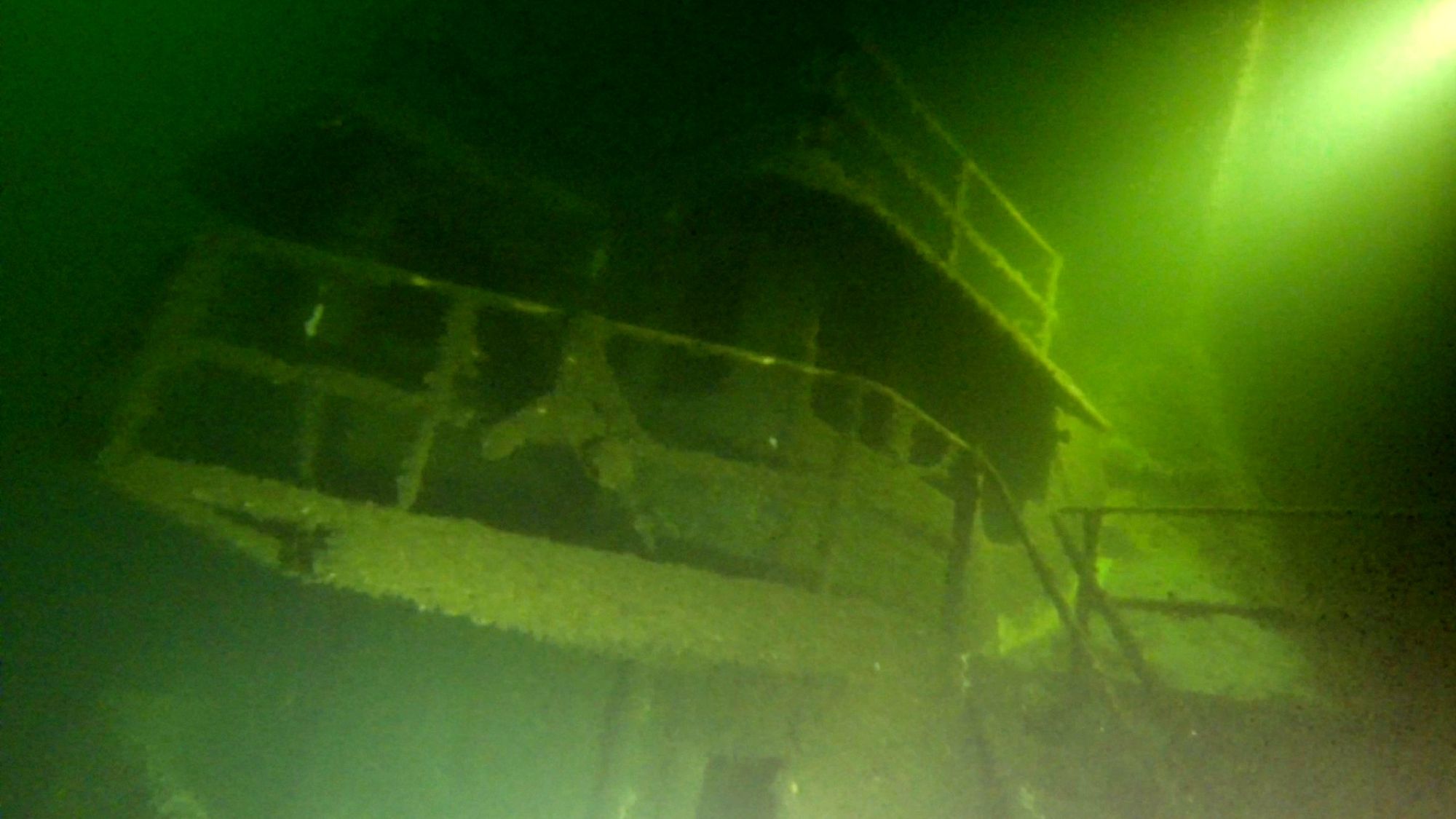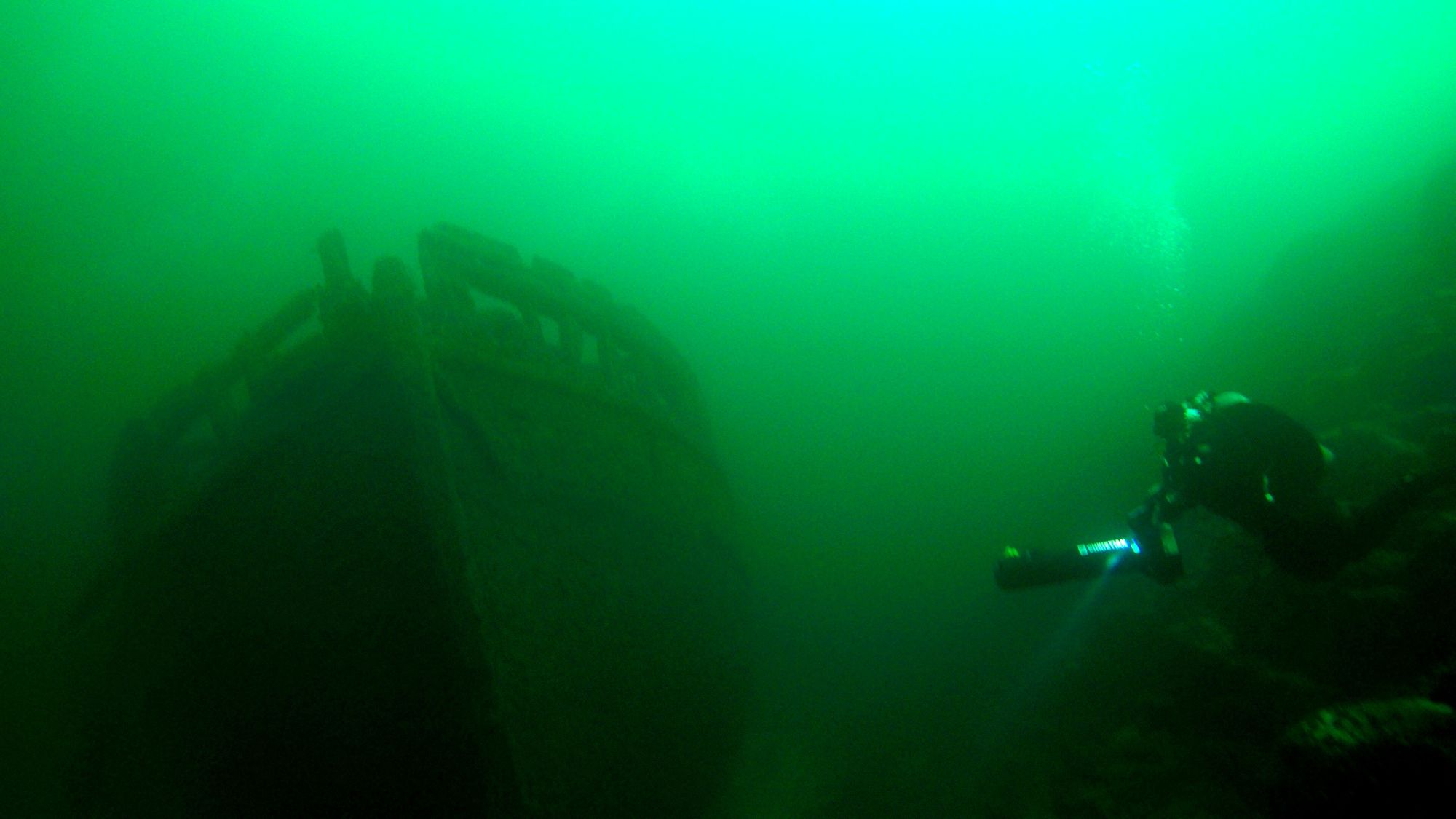NOAA's Proposed Lake Ontario National Marine Sanctuary
by: Dennis McCarthy
On Thursday June 13th, at Jefferson Community College in Watertown, NY, NOAA (National Oceanic and Atmospheric Administration) and local officials held the last of four public meetings to discuss the proposed Lake Ontario National Marine Sanctuary. [https://sanctuaries.noaa.gov/lake-ontario/]
Local officials presented the concept of the sanctuary, including the proposed protection of maritime heritage resources, expanding research programs and strengthening partnerships between federal, state and regional agencies.
NOAA officials presented general information about national marine sanctuaries and how the counties could benefit from this designation.

Joe Hoyt, national maritime heritage coordinator for NOAA's Office of National Marine Sanctuaries and Ellen Brody, who serves as director of NOAA's Great Lakes National Marine Sanctuaries program, explained how the designation process works.

“The designation process will last at least two years. NOAA is in the first phase of the process, which involves gathering comments and holding public meetings. Once the public comment phase is finished, NOAA will author a draft environmental impact statement, a draft management plan and proposed regulations for the sanctuary. After publication of these documents, more public input will be sought and additional meetings will be scheduled. The final step in the process is to designate the sanctuary after reviews by the US Congress and New York State.”
There are 13 existing national marine sanctuaries in the U.S. and three under consideration by NOAA, including Lake Ontario.
Before the public meeting on June 13th, there was a meeting among Ellen Brody, Joe Hoyt, and some local dive shop owners, charter operators and members of the Clayton Diving Club. This small group meeting was primarily to discuss issues regarding shipwreck preservation and the accuracy of the underlying scope document.



Some of the impressions that the divers took away from the meeting included: the underlying proposed scope document has some basic issues in the details of the shipwrecks and the impact the proposal may have on tourism.
The location of the sanctuary is not set. NOAA will make alternative proposals as part of the next review phase.
NOAA has not ruled out moving the location of the sanctuary into the Thousand Islands, either as a future expansion or as part of the next phase of the project.
Ellen and Joe were not able to answer how the preserve would operate in regard to NOAA facilities and existing waterfront rights of any groups. (landowner, towns, villages, boaters and so on) as NOAA is not at that stage of the process.

The only plan NOAA put forward to preserve shipwrecks in the proposed sanctuary was to put mooring buoys on some shipwrecks that are less than 120 feet deep. NOAA would define penalties for disturbing a shipwreck.
Ellen indicated that there would be no large NOAA facility built in the area, like the one in Thunder Bay. David White of Sea Grant, who was with NOAA at the public meeting, indicated the preserve would be remotely managed with local liaison people.
The current sanctuary document was drafted by people out of Oswego. NOAA will generate their own document based on information they gathered on this trip.
There is still time for comments to be placed on the National Register about the sanctuary proposal.

NOAA is still accepting public comments for the proposed Sanctuary, until July 31. [Make comments here]
Note: The Clayton Diving Club has a long history of supporting SCUBA diving in upstate New York and the 1000 Islands area of the St. Lawrence River. It also reaches out to the public by publicizing the club activities and the local underwater attractions. The Club has worked with NYS Parks and Recreation and developed a Shipwreck Mooring Program for the area's most popular wreck sites. The Clayton Diving Club sees the designation of a NOAA marine sanctuary as a logical expansion of the efforts the club has been doing. We support the economic and cultural benefits that would be provided by the sanctuary.


By Dennis McCarthy
Dennis R. McCarthy lives in Cape Vincent, NY, along with his wife Kathi. He is a graduate of the Rochester Institute of Technology, with a degree in Electrical Engineering. A certified scuba diver for over 48 years, he made his first dives in 1971. He is a co-founder (1993) and current director of the St Lawrence Historical Foundation Inc., and the current president of the Clayton Diving Club. Dennis is the author of several articles and history books about shipwrecks in the Thousand Islands, and he volunteers at several local historical museums.






Please click here if you are unable to post your comment.